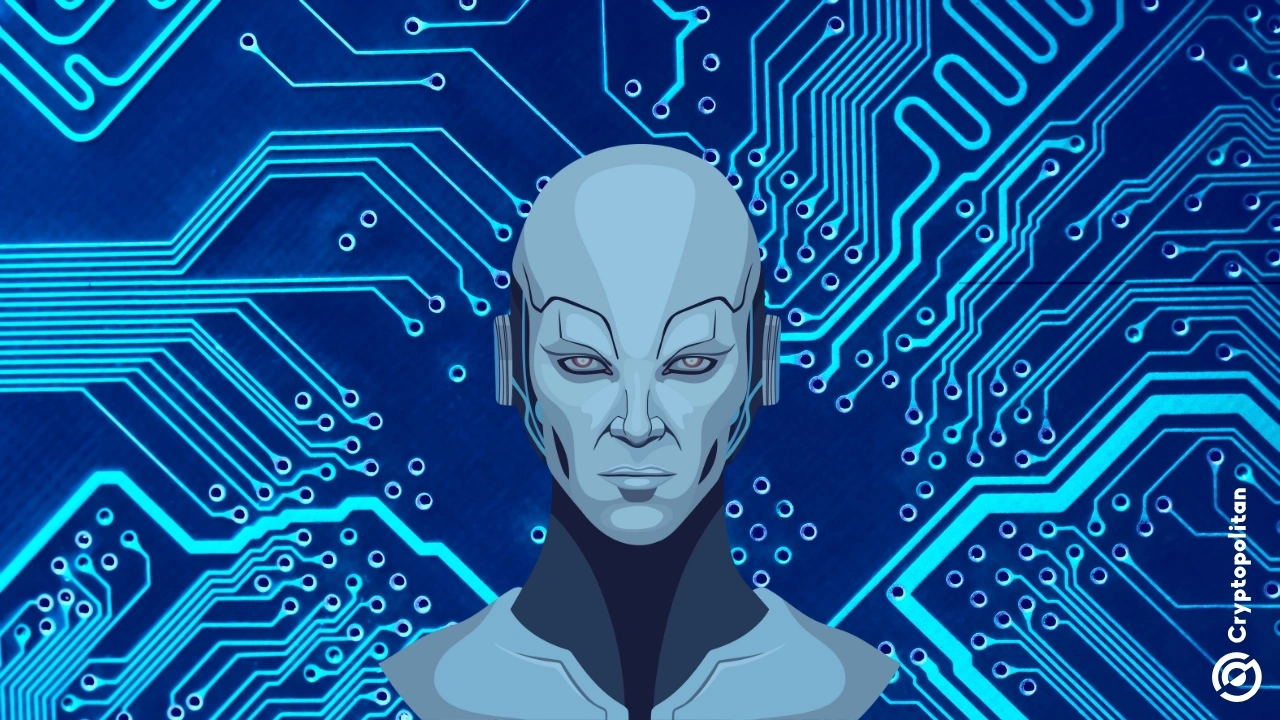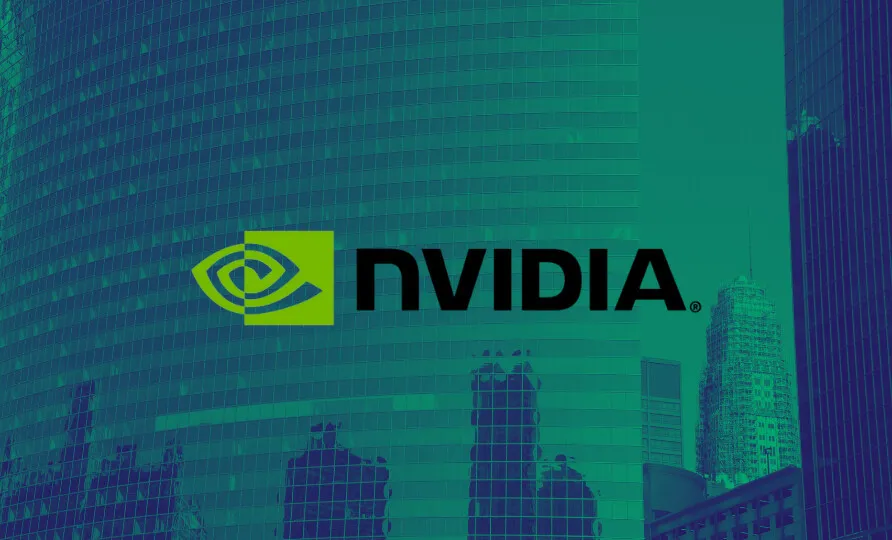A forthcoming wave of automation and artificial intelligence has the potential to reshape the US labor market significantly, with nearly one-third of hours worked at risk of being replaced. A recent report by McKinsey & Co.’s research arm delves into US labor-market trends until 2030, shedding light on the potential consequences of the AI wave. The study highlights the disproportionate impact on women workers, who are 1.5 times more likely than men to need to transition to new occupations. Additionally, black and Hispanic workers will also be adversely affected, as demand for jobs in certain industries is expected to shrink. As millions of workers face the need to change occupations, concerns arise over the concentrated impact on low-wage workers, necessitating additional skills to adapt successfully.
Disproportionate impact of AI wave on women
The McKinsey Global Institute’s report reveals that women workers will be more vulnerable to the effects of the AI wave compared to their male counterparts. Women’s over-representation in industries with lower-wage jobs, such as office support and customer service, places them at higher risk as these sectors are expected to be most impacted by automation. Black and Hispanic workers, who are heavily represented in the food and production industries, will also face adverse consequences.
The report estimates that approximately 12 million US workers will need to transition to new occupations by 2030. However, the burden of this occupational churn will fall disproportionately on low-wage workers, who may be up to 14 times more likely to require a job change compared to those in higher-wage positions. Moreover, these workers will need to acquire additional skills to effectively navigate the job market during this period of transformation.
Implications for different sectors and job types
While the impact of AI and automation will be felt across various sectors, the report suggests that white-collar workers will be among the most affected. Occupations ranging from lawyers and teachers to financial advisers and architects will experience significant changes in how tasks are carried out. However, the study argues that these changes are unlikely to lead to the wholesale destruction of jobs but rather a fundamental transformation of their nature.
The push for net-zero emissions will also contribute to job reshuffling. Approximately 3.5 million positions may be displaced as the US seeks to eliminate greenhouse gas emissions, impacting workers in oil and gas production and automotive manufacturing. However, the report points out that this reduction will be offset by gains in renewable energy jobs, resulting in a net increase of about 700,000 jobs. The renewable energy sector’s growth, coupled with increased government spending on infrastructure, is expected to generate a surge in demand for construction workers, leading to a 12% growth in construction employment from 2022 to 2030.
Prospects for US productivity and prosperity
Despite the challenges presented by the AI wave, the McKinsey report contends that if the reshuffling of jobs is managed effectively, it could lead to a substantial increase in US productivity and prosperity. In an optimistic scenario, the report envisions an eventual rise in annual productivity growth from the current 1% to 3% to 4%. However, achieving this will require a considerable scaling up of workforce development initiatives across the nation.
To address the coming changes in the labor market successfully, the US must focus on comprehensive workforce development strategies, providing workers with the necessary skills and knowledge to adapt to the evolving job landscape. By embracing the challenges and opportunities presented by the AI wave, the nation can forge a path towards a more productive and prosperous future.





